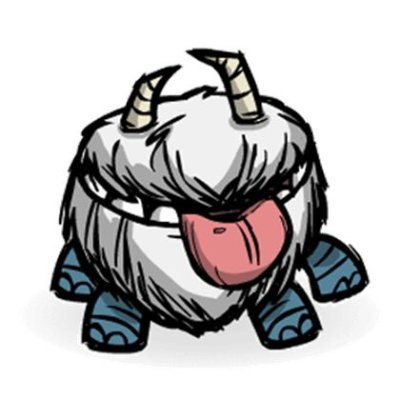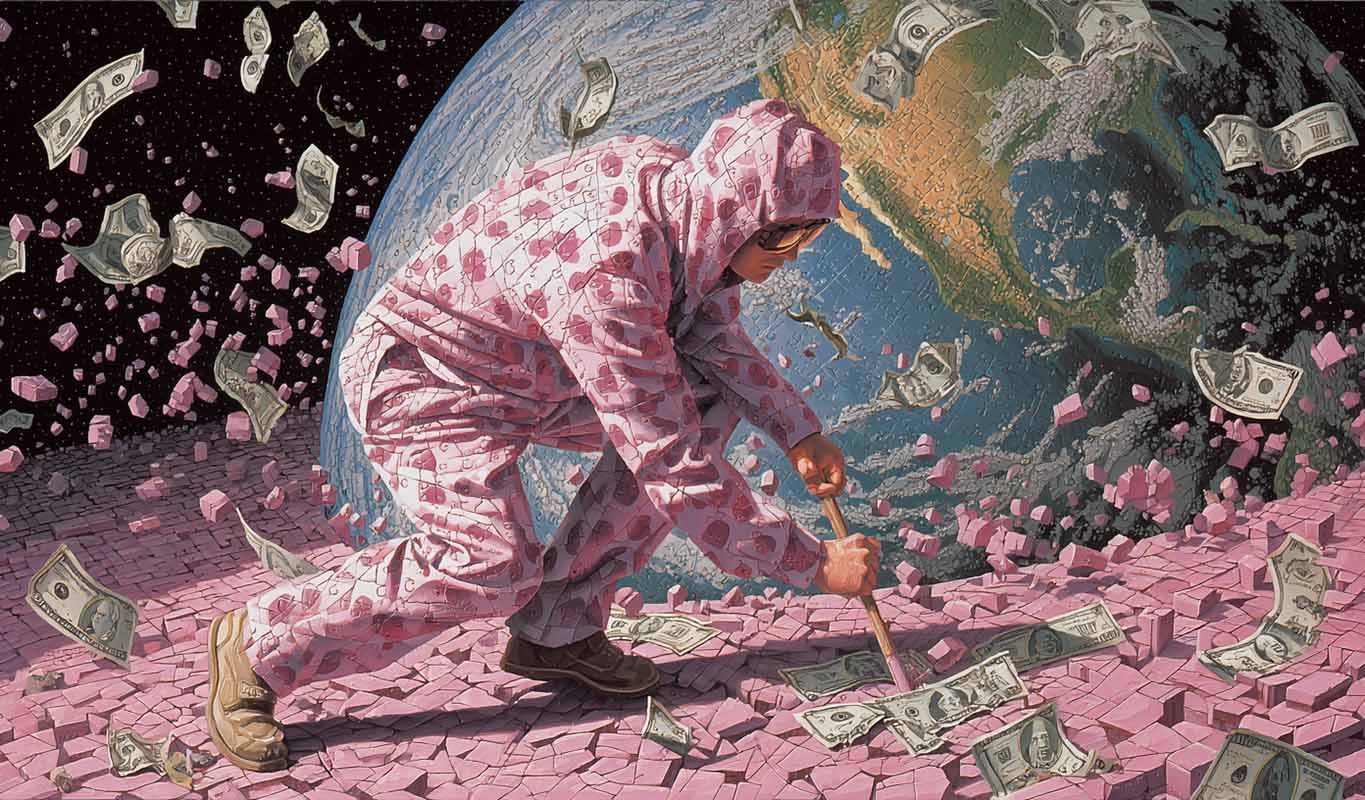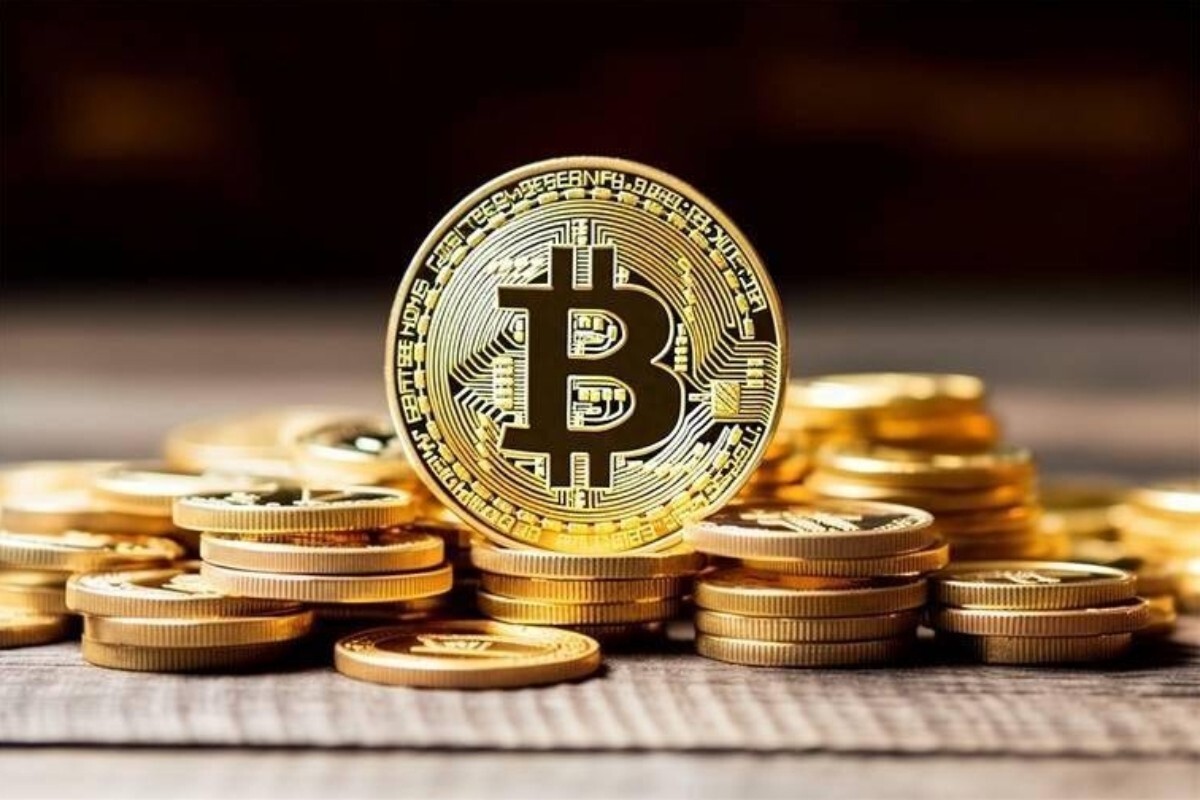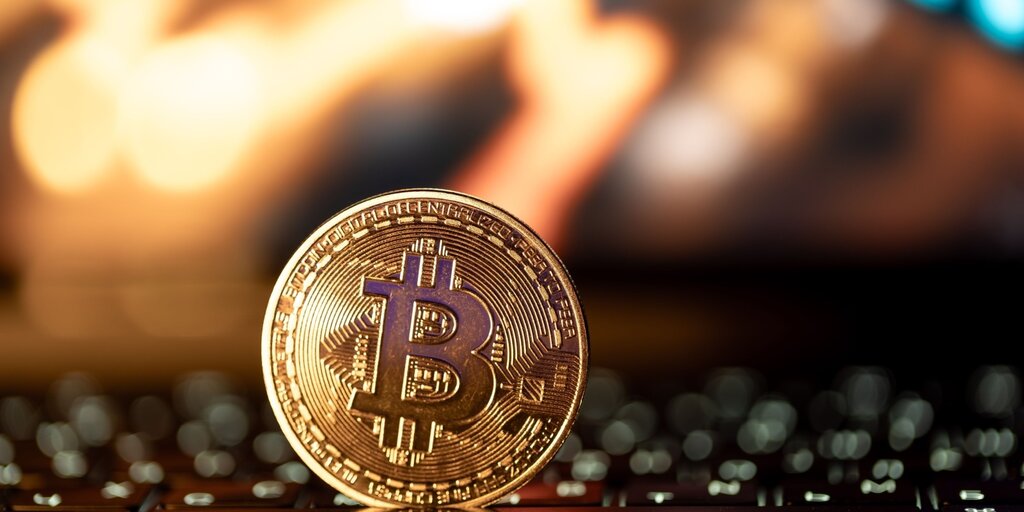Original title: "Dalio's latest voice: Many phenomena today are surprisingly similar to those in the 1930s"
Original author: Smart Investor
"The systemic order collapsed, only once in a lifetime. But in history, it has never been absent."
"I do agree that "not making things is a big problem", but the question is, do we have the ability to make things happen? "
Bridgewater Fund founder Rui Dalio posted an article on LinkedIn on April 7, talking about tariffs.
He said we are currently witnessing a typical collapse of a monetary, political and geopolitical order. This type of system crash only happens once in a lifetime, but historically they happen whenever similar unsustainable conditions exist.
On April 8, EST, Rui Dalio was interviewed by CNBC and once again emphasized his point of view in a 15-minute conversation. When facing sharp questions from the three ace hosts, Dalio also said it all.
He did not give hot words or sneer, and he was more like a sophisticated mechanic, opening the system, examining the structure, dismantling the pressure, trying to answer an essential question: Can we still maintain the current way of operation?
In this interview, Dalio used his usual thinking framework to provide the essential background of the current discussion of tariffs: the three major orders that exist are collapsed, and five important forces in human history are always in play, "Tariffs are actually dealing with the problem of global imbalance."
He admitted that he fully agreed that “not making things is a big problem” and that he also agreed with the goal of manufacturing returning, “But do we have the ability to manufacture? This is a deeper structural question.”
Dalio's human soberness lies in the fact that he has shown the American population structure and believes that the feasibility is too difficult.
"Our demographic is like this: about 1% of people are extremely smart, they go to the best schools, and when they come out, they create 'unicorn' companies (and about half of them are foreigners); then 10% do well too; but 60% of the population, with reading ability below the sixth grade level, it's hard for them to be productive players in modern manufacturing."
He even warned that many phenomena today are surprisingly similar to those in the 1930s.
Faced with such a huge and uncertain market, Dalio finally provided ordinary investors with a way to practice it.
He stressed that only when you are in a financial position that is safe enough can you really build a diversified portfolio that suits you. Cash may not be a good choice. After all, the investment goal is "it must be determined by inflation-adjusted purchasing power, whether it has been preserved."
Question 1: Rui, frankly, we are also trying to figure out what will happen next. So, it would be great if you can provide a historical framework of reference from a historical perspective, or at least. How do you view the current situation?
Rui Dalio:
I think the reason why we don’t understand the cycle that happens now is because such a cycle is only encountered once in a lifetime. But there is "order" in this, that is, there is a complete system. These systems crash because of certain specific reasons, which lead to periodic changes.
For example, there is a monetary system, and then there is a debt cycle.
So the current situation is this: one person’s debt is another person’s assets.
When the entire system accumulates to an unsustainable level, debt problems arise—and we are now facing such debt problems.
Of course, this is part of the currency cycle.
There is also a cycle of domestic political order, which is manifested as a transition from one political order to another, and in this process, severe opposition and turmoil between the left and right factions usually occur.
Especially in democratic countries, due to the lack of order, there is constant struggle. Because democratic systems require cooperation and compromise, these mechanisms are gradually ineffective.
What we are experiencing is this transformation of the political order.
In addition, there is a larger system - the international order.
This international order began in 1945, after the end of World War II. The party that wins the war—the dominant force—can set rules.
At that time, a series of multilateralist mechanisms were established, such as the United Nations, the World Trade Organization, the World Bank, etc.
But now, multilateralism is disintegrating and being replaced by unilateralism.
The reason is actually the same: there are structural problems within the system and it is difficult to maintain.
We then see that three major orders of existence are disintegrating:
First, currency and debt order (too much debt, debt is currency);
Second, internal political order (how does our system work? Who controls the problem?);
Third, the changes in the international order (interdependence disintegration).
In addition, in human history, there are five other important forces that are always in action, climate change and natural disasters; human innovation and the birth of new technologies, etc. The interaction between these forces is exactly the entire background we are experiencing at the moment.
Let’s go back to the tariff issue, which is actually dealing with global imbalances. The so-called imbalance refers to capital imbalance and trade imbalance, and both of which are unsustainable.
At the same time, there are issues of international conflicts. For example: How can the United States achieve national security without manufacturing any goods? We rely on China's imports; how can China achieve its own security while being highly dependent on US capital? This interdependence relationship is being broken.
This is the essential context of our current discussion.
Question 2: As you said, are these policies politically attractive from a historical perspective? Is it popular in the United States or other countries? So what from an economic perspective? We’ve seen the market rebound today, but many have lost 10% of their assets. From a mechanism perspective, what exactly does this mean?
Rui Dalio:
From an operational mechanism, this means: the cost will increase, the company's revenue will decrease, and capital will become more difficult to obtain.
What does that mean for the business? This means that their operating costs are rising, their revenue is reduced, and it is more difficult to raise funds.
At the same time, we are also trying to rebuild the manufacturing industry.
I completely agree that "not making things is a big problem", and I agree with this goal. But, do we have the manufacturing capabilities? This is a deeper structural problem.
Our demographic is like this:
About 1% are extremely smart, they go to the best schools, and when they come out, they create "unicorn" companies (and about half of them are foreigners); then 10% do well too; but 60% of the population, with reading skills below the sixth grade level, makes it difficult for them to be productive players in modern manufacturing.
We are consistent with the problem itself, such as the problem of excessive debt. The Finance Minister and others also believe that we should keep our budget deficit within 3% of GDP.
But the question is: What should we do? When to do it? How to truly achieve "self-sufficiency" in this context?
From a practical perspective, it is very difficult to rebuild manufacturing in the United States under the current population structure, education level, capital cost and technology path. But it is indeed very necessary.
Question 3: So do you support the president's policy or oppose it? I want to understand what your conclusion is and what position is expressed?
Rui Dalio:
I agree with the question itself. But what I am very worried about is the solution itself, that is, its feasibility.
In other words, I think this will bring about a series of problems, such as those I said before: rising costs, falling incomes, financing difficulties, and impact on the capital market.
More than that, I think this will also add sand to the entire production system at a global level, which means hindering global supply chains and production efficiency.
At the same time, I agree that global interdependence, global productivity issues, and the lack of competitiveness of the United States is a long-term, structural challenge, and I think this will have political consequences.
This is exactly the essence of the cycle. Now, this is happening again at a time when our fiscal budget is incredibly bad shape.
Our current budget deficit problem is equally serious. Looking ahead a few months, we have to lower our budget deficit to around 3% of GDP.
But at the same time, we are promoting a policy that will significantly increase costs and bring many side effects. These problems are not easy to solve.
I am very worried because of these deeper problems: debt is still there, overspending is still there, and competitiveness is still there, and it will not disappear just because of policy calls.
These problems continue to repeat in history, and we are currently in a very similar stage to the 1930s.
Question 4: But we really don’t know how to solve these problems with China in the end?
Rui Dalio:
I'm not an ideologically oriented person. I am more like a repairman, doing systematic analysis.
So, when we talk about these issues, I am thinking from a "system perspective".
For example, I completely agree with what you said just now: China's current manufacturing scale has exceeded the combined size of the United States, Germany and Japan, and it is the world's most competitive manufacturing power.
At the same time, the United States has lost its manufacturing capabilities and has become the world's largest consumer.
We rely on a lot of debt to fund our consumption, which leads us to a very, very difficult situation.
Question 5: What does it mean for foreign investors to buy U.S. Treasury bonds in this case? What do you think of short-term funding supply and demand?
Rui Dalio:
Foreign investors have already allocated too much debt assets in their portfolios.
And the size of the government bonds we need to sell to them now is equivalent to 6.5% of GDP, which is a quantity they are not willing to continue to buy.
Partly because they already hold too much; partly because the world is full of uncertainty, such as concerns about sanctions.
You see, these actually happened in the 1930s.
At that time, the conflicts between the United States and Japan, asset freezes, sanctions, etc., were re-staging.
The current situation is: supply and demand imbalance.
We have too much debt, but the market is not willing to buy, which leads to an imbalance in the bond market.
Question 6: Do you think this will lead to an increase in interest rates? Because it seems that some of the Trump administration's plans seem to be hoping to lower interest rates, which can reduce the cost of our debt payments - last year, it cost nearly a trillion dollars. Do you think we can achieve this goal?
Rui Dalio:
You are right. But we need to understand that there are two ways to lower interest rates:
The first way is to improve the balance between supply and demand, which is a healthy way;
The second method is to forcefully lower interest rates and achieve it by printing money.
Changes in interest rates essentially come from three parts of balance: expenditure, taxes and interest costs.
If the government can achieve a more balanced fiscal balance, I don’t care what they do (this involves political choices), but if it can really improve the supply and demand relationship in the bond market, interest rates can be lowered in a healthy and sustainable way.
This will also help us achieve our goal of reducing the deficit to 3% of GDP.
But you can't force down interest rates by printing money. That's unsustainable and unhealthy.
Question 7: Then I will ask a question directly. What do you think when you look at the market now? You would say that this market is overvalued now? Reasonable? Or is it underestimated? Do you think this is a "knife-falling market" or "an excellent opportunity to buy"? How should ordinary people think about the current market environment?
Rui Dalio:
Some things will definitely happen, and some things will happen. I don't want to say "now is the buying point" or "now is the selling point". I won’t do this, and I never make market timing suggestions.
What I want to tell the general public is that you need to have a well-structured, balanced, diversified investment portfolio and an investment plan that can be adhered to for a long time.
In my years of experience as an investor, I have experienced the 9/11 incident, the 2008 financial crisis... a lot.
Most importantly, you need to have a robust, diversified portfolio that can withstand changes in various environments.
I won't go into details in depth.
But you ask me, "How should I diversify my investment?" Then first, you have to understand one thing: be clear about what you don't know.
When you understand that you cannot accurately time the market, you will realize that market timing alone cannot be done. You end up just falling into an emotional reaction.
When I didn't have much money at the beginning, I did this:
I would ask myself, "How much deposit do I have now? If I don't have any income from tomorrow, how long can I live on that money?"
I will first calculate how many months I can live, and then calculate how many years I can last.
Then, I asked myself: If the asset value drops by 50%, how long can I live?
Only when you are in a financial position that is safe enough can you really build a diversified portfolio that suits you.
But there is a misunderstanding here: Don’t think that cash is safe.
In the long run, cash may be the worst investment decision you can make.
What you have to look at is whether your purchasing power has remained-that is, the purchasing power adjusted for inflation.
For example, when the Fed lowers interest rates and starts printing money, the "price" of cash drops and your purchasing power is weakened.
This has happened in the past few years, and everyone should empathize with it.
So I will summarize: maintain a diversified and diversified investment portfolio; at the same time, we must attach great importance to our country's debt issues.















No comments yet